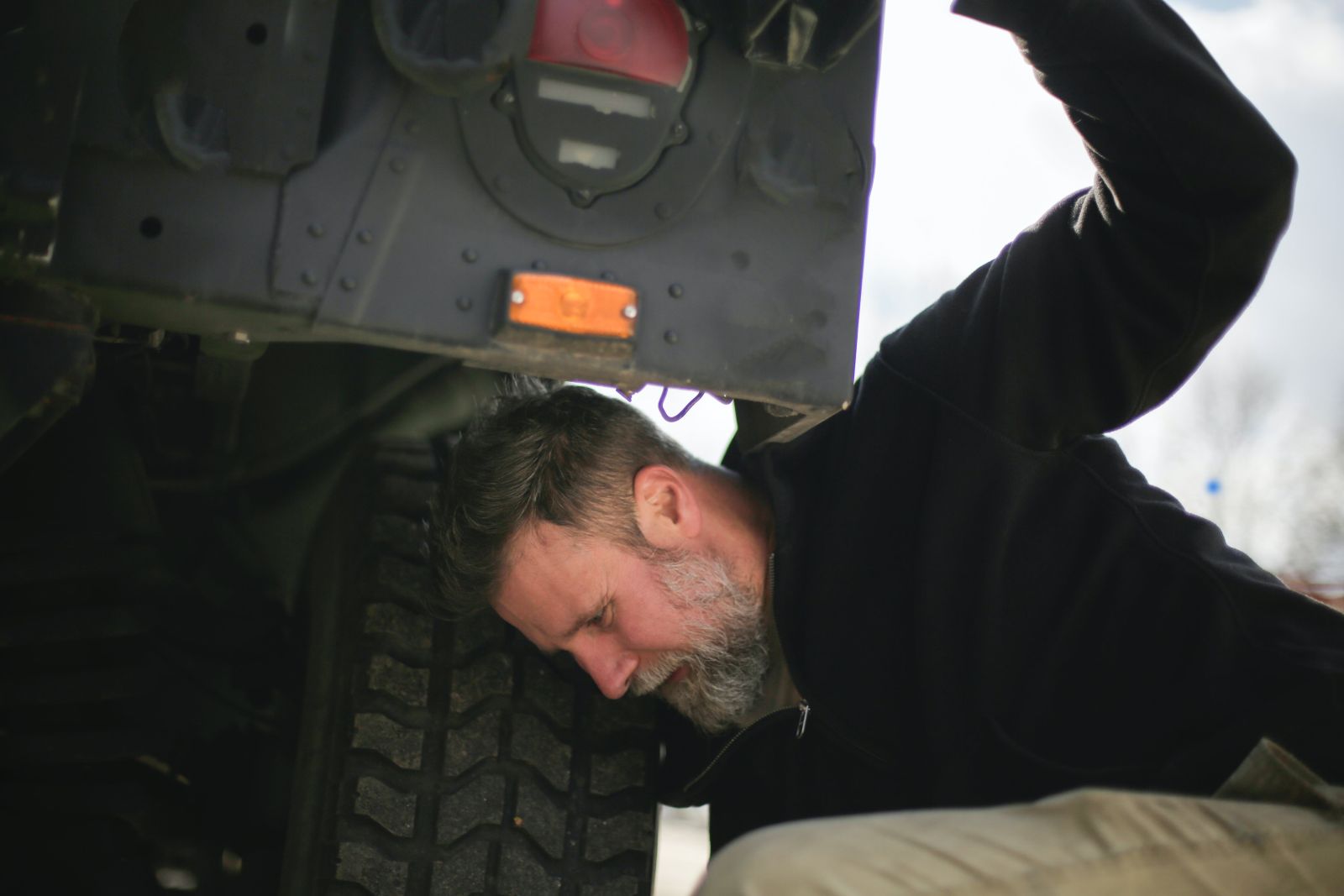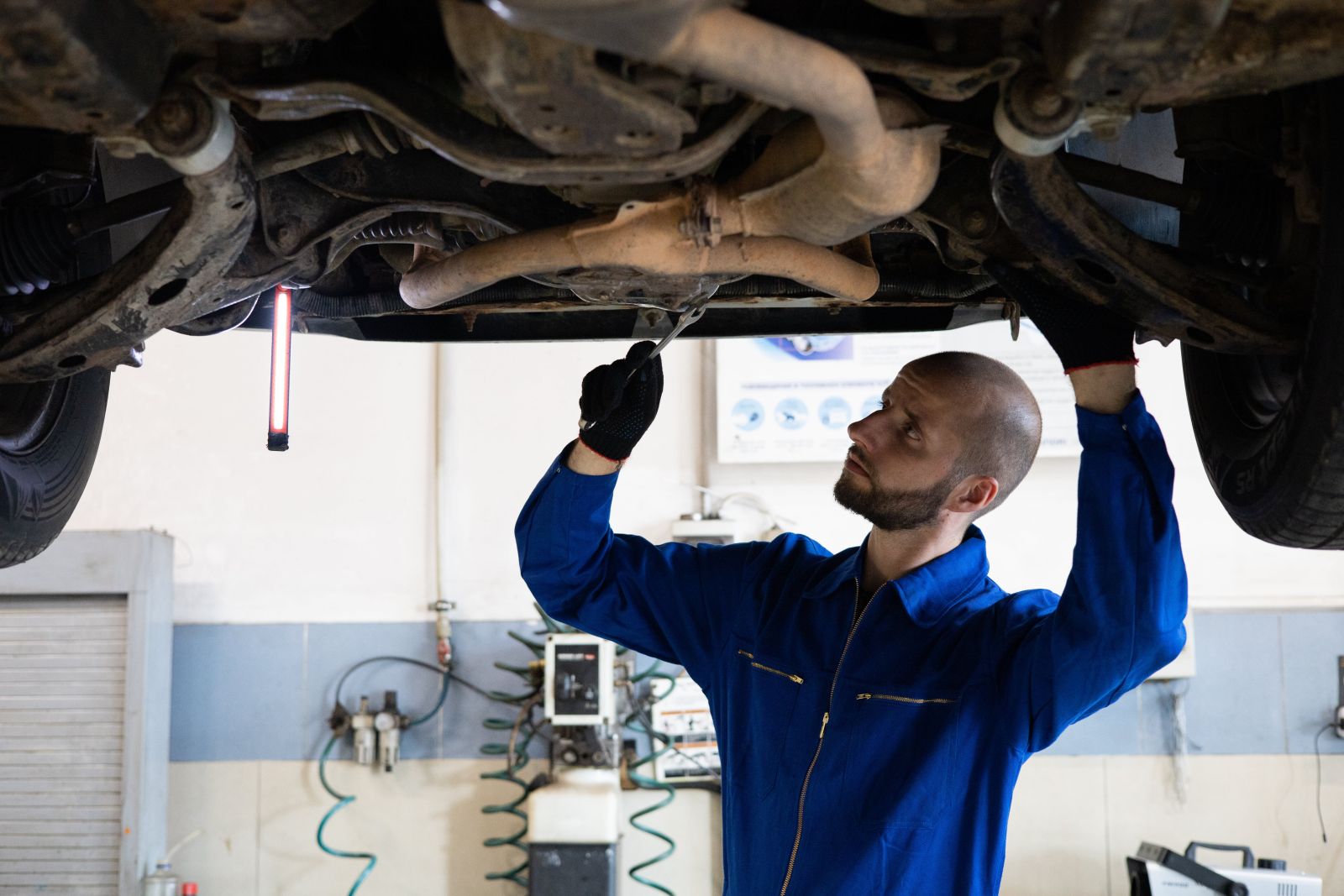- Exhaust
- Suspension
- Performance
- Towing
- Filters
- Truck
- Sale
A Full Guide to Suspension Control Arms: the Key to Stability and Handling
Date Posted: 14 November 2023

Best case scenario if your suspension system is not good? Driving is uncomfortable. Worst case? You lose control of your vehicle. Your car's suspension system is the unsung hero that ensures a smooth, comfortable, and safe ride. And at the heart of this system lies a crucial component - suspension control arms.
In this article, we'll explore suspension control arms and discuss their function, types, signs of deterioration, and the possibility of upgrading for enhanced performance. So let’s delve into the discussion about these crucial vehicle components.
What Are Suspension Control Arms?
Suspension control arms or A-arms are responsible for maintaining the proper alignment of your wheels and controlling the motion of your vehicle as it navigates the twists and turns of the road. At their core, suspension control arms are designed to connect the vehicle's chassis to the wheel hub.
They enable vertical movement of the wheel, allowing your car to absorb road imperfections while keeping the tire in optimal contact with the road surface. In essence, they play a pivotal role in providing a smooth and stable ride.
Suspension control arms are typically composed of three main parts:
- the bushing
- the ball joint
- arm body
The bushing acts as a cushion, absorbing shocks and vibrations. The ball joint connects the control arm to the steering knuckle, enabling the wheel to turn and pivot. The arm body, often made of sturdy materials like steel or aluminium, provides structural support.
The Effect on Handling

The control arms greatly influence your vehicle's handling. When they are well-maintained and in good condition, they help with wheel alignment and ensure that your tires make proper contact with the road. This results in better traction, stability, and control while driving, especially when cornering and navigating uneven terrain.
Types of Suspension Control Arms
Suspension control arms come in various types, with differences based on material and suspension design. So let’s talk about both.
By Material
Cast Iron Control Arms
Cast-iron control arms are known for their durability and resistance to wear and tear. They can withstand heavy loads and are often used in larger vehicles like trucks and SUVs. The downside is that they are heavier, which can impact fuel efficiency and handling, which is one of the reasons they are rarely used for passenger vehicles.
Stamped Steel Control Arms
Stamped steel (not the same as cast steel) control arms are a common choice in many vehicles. They strike a balance between durability and weight, making them a versatile option for most cars. However, they may rust in damp conditions and can relatively easily sustain physical damage. That being said, they are not expensive to replace.
Cast Aluminium Control Arms
Cast aluminium control arms are lightweight, which can improve both fuel efficiency and handling. However, they may not be as resistant to impact as cast iron or stamped steel counterparts, making them better suited for lighter vehicles. On the other hand, aluminium suspension control arms are highly resistant to corrosion.
Strut Suspension vs. Wishbone Suspension
The type of suspension in your vehicle also impacts the design of the control arms.
Strut suspension, often found in the front of many vehicles, combines the shock absorber and the control arm into one unit. This design simplifies the suspension system but can limit adjustability and performance modifications. Most newer, inexpensive cars have front strut suspension.
Wishbone suspension, on the other hand, separates the control arm and the shock absorber. This provides more flexibility for adjustments and upgrades and allows for better handling. Many sports cars have wishbone suspension and it is also favoured by performance enthusiasts.
Signs of Control Arm Deterioration

Regardless of the type of suspension control arms you have, it's essential to keep a vigilant eye on them. Deterioration can have serious consequences for your vehicle's safety and performance. Here are some early warning signs to watch for:
- Uneven tire wear: If your tires wear unevenly, it can indicate poor wheel alignment, often caused by control arm issues.
- Steering problems: If you notice your steering wheel vibrating or pulling to one side, it could be a sign of control arm problems.
- Vibration during driving: It’s not just the wheel that can vibrate due to deteriorating suspension control arms, the entire vehicle can. If your control arms are giving out, you may notice stronger vibrations with higher speeds.
- Clunking or squeaking noises: Unusual sounds when driving over bumps or making turns may suggest worn-out control arm bushings or ball joints.
- Handling issues: A noticeable decrease in handling and stability can be attributed to control arm problems.
Many of these issues may be just due to the control arm bushing experiencing wear and tear and not the entire suspension control arm system. The bushing is typically made from rubber or polyurethane, so it is not uncommon for it to wear out. In such cases, it may be possible to replace just the bushing, without changing the body or ball joints.
Should You Upgrade Control Arms?
Even disregarding a situation where your control arm system has deteriorated, upgrading your control arms with performance or aftermarket parts can offer several benefits. One significant advantage is the reduction in noise, vibration, and harshness (NVH). Enhanced bushings can dampen road imperfections, providing a quieter and more comfortable ride.
Other benefits of upgrading control arms include:
- improved handling
- enhanced durability
- the ability to fine-tune your suspension system for specific driving preferences
If you're an enthusiast or want to get the most out of your vehicle's performance, upgrading control arms is a worthy investment and, usually, not an overly expensive one.
DIY Installation vs. Professional Service
The choice between a DIY installation and professional service for control arms largely depends on your skills, equipment, and comfort level with automotive work. If you are a novice or don’t have specific experience with replacing suspension control arms, the safest bet is always to go to a mechanic.
A Few Tips for Control Arms Maintenance and Inspection

To ensure your control arms remain in top condition, try to:
- Regularly inspect control arm components for signs of wear or damage;
- Check your vehicle's alignment and wheel balance periodically;
- Keep an eye on tire wear patterns, as uneven wear can be an indicator of control arm issues;
- If you live in an area with rough roads, consider more frequent inspections and maintenance.
Control Arms for Tight Handling
Suspension control arms are an integral part of your vehicle's suspension system, affecting its stability and handling. By having high-quality suspension control arms and keeping them in optimal condition, you are securing a comfortable, controlled, and safe ride.
At Perform-Ex Auto, you can buy every performance part you need for your suspension system, including control arms. We carry only high-quality aftermarket parts to help you get the most out of your vehicle. So check out our collections and find the spare parts you need.
Leave a comment











